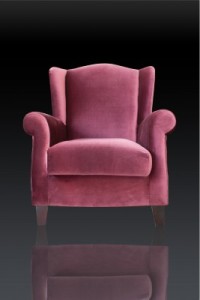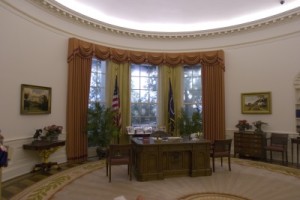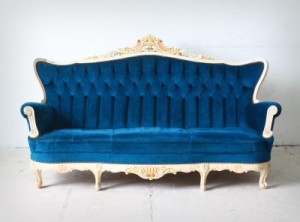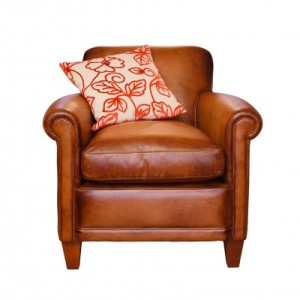 In the second blog about design grammar, we’ll consider the nouns of writing a room. These define what the room or the story is all about, and in the case of design, they are the larger upholstered pieces: sofas and chairs.
In the second blog about design grammar, we’ll consider the nouns of writing a room. These define what the room or the story is all about, and in the case of design, they are the larger upholstered pieces: sofas and chairs.
The two photos here involve a pink sofa and pink chair. From a description standpoint, there isn’t that much difference, but in reality each one sends a completely different message.
The sofa is bright pink and very contemporary. It would work well in a commercial environment such as a beauty salon or women’s clothing shop. In a home it would feel bright and exciting and young. This sofa as a noun is vivid and almost demanding. Think about the message a room built around this sofa would send.
 The pink chair, on the other hand, has a traditional style and a soft color that almost looks faded. It’s quiet and comfortable. There are no demands from this chair. It would sit quietly in a corner until someone needed it.
The pink chair, on the other hand, has a traditional style and a soft color that almost looks faded. It’s quiet and comfortable. There are no demands from this chair. It would sit quietly in a corner until someone needed it.
These two pieces of furniture need very different spaces. They tell very different stories and send very different messages. Ask yourself, if you could get either piece of furniture for free, which one would you choose?
In a sentence or a story, nouns set the stage. They can be simple vanilla words such as flower or boat, or strong words that draw your attention such as pendulum or patisserie.
Because of their fundamental position in a room or a sentence, upholstered furniture and nouns give you a good place to start designing or writing.



